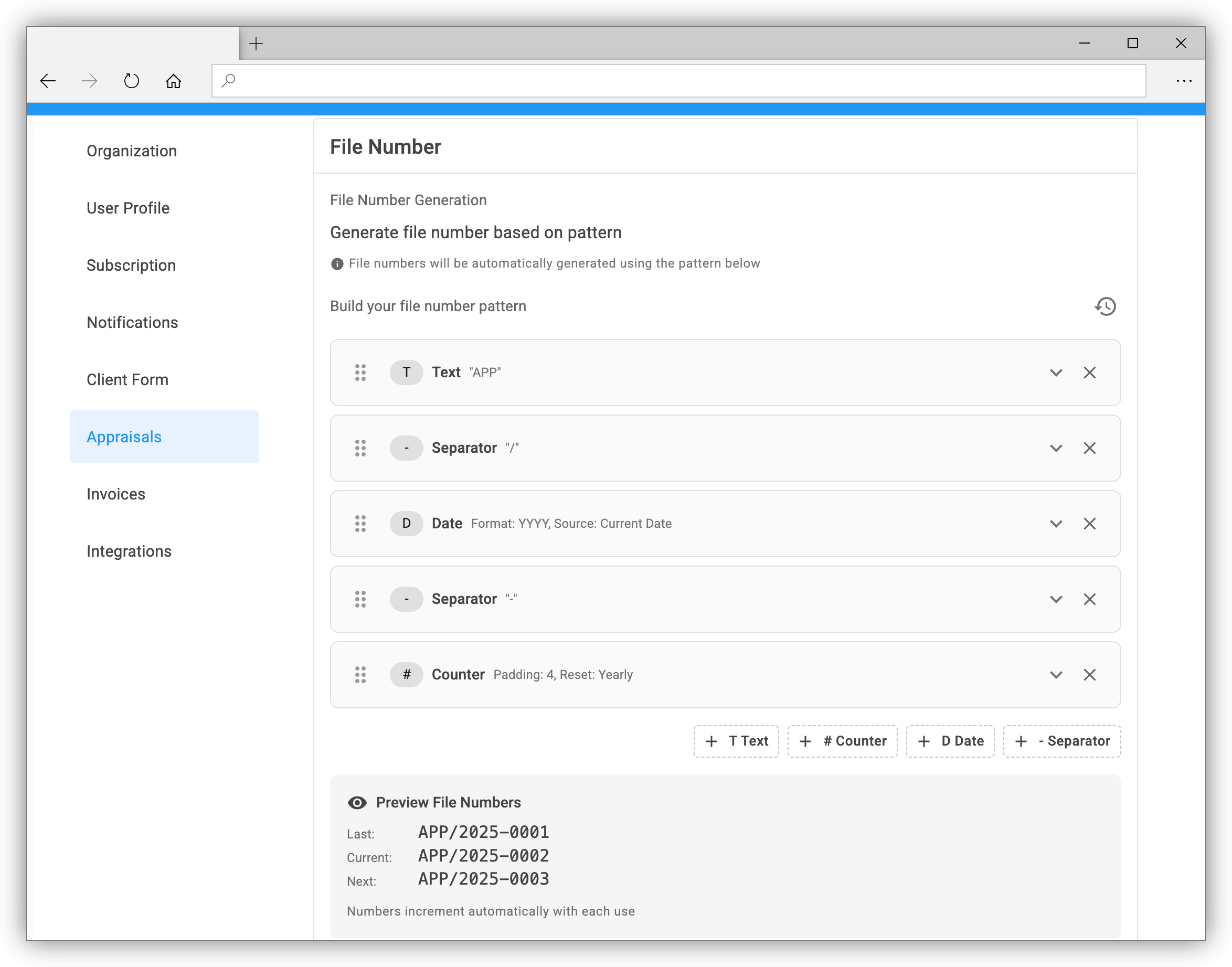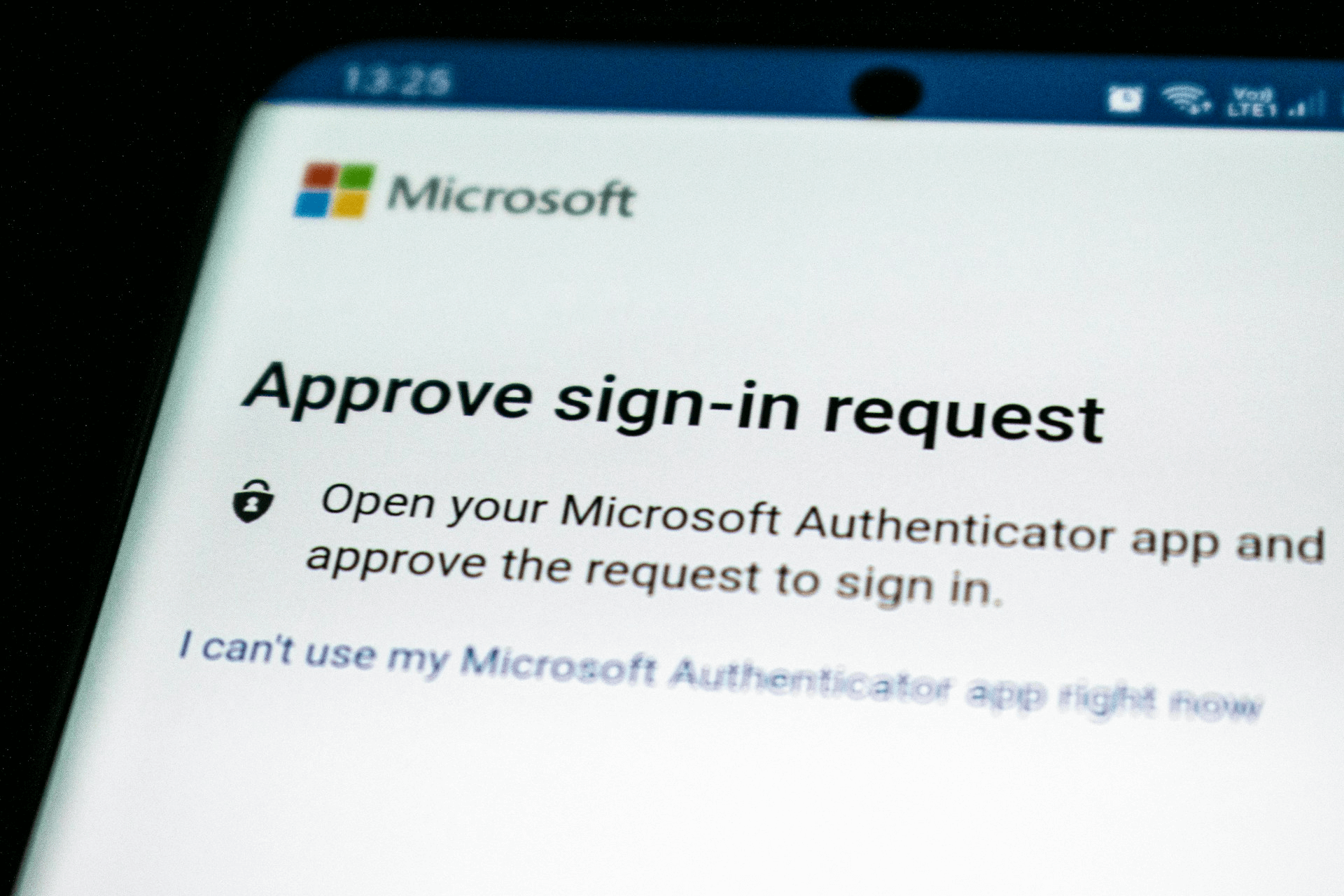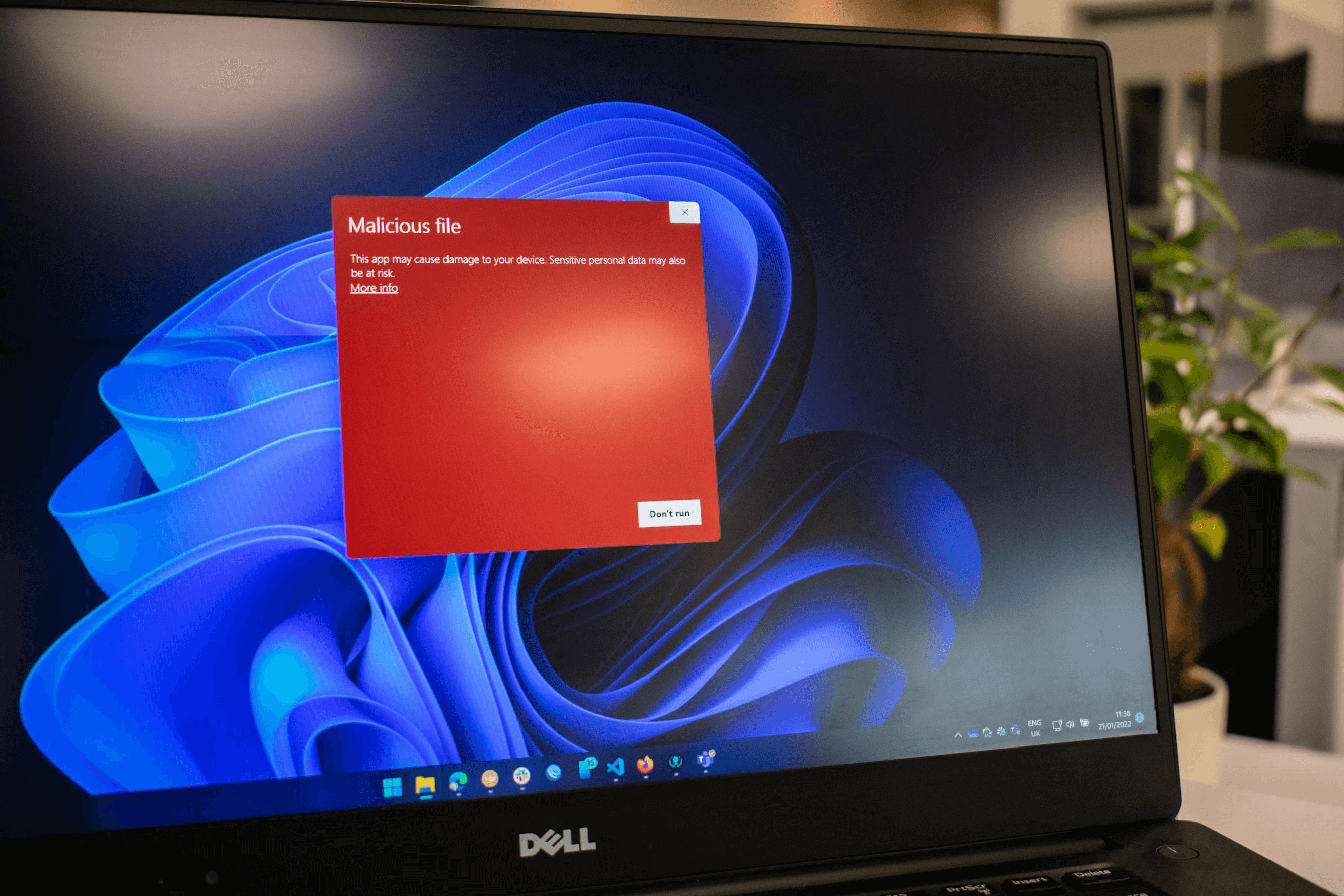
Feature Spotlight: File Number Configuration
Discover how Appraisal Inbox's File Number Configuration automates consistent file numbering for appraisals and invoices with customizable patterns and multiple generation strategies.
Latest news, Appraisal Inbox product updates, tips, and resources for appraisers. Expert articles on workflow optimization, technology, and best practices for your appraisal business.

Discover how Appraisal Inbox's File Number Configuration automates consistent file numbering for appraisals and invoices with customizable patterns and multiple generation strategies.

Sync appraisal schedules automatically between Appraisal Inbox, Google Calendar, and Microsoft Outlook with real-time two-way calendar integration.

Discover how Portal Push eliminates manual data entry, saving appraisers hours of time with one-click order importing from bank, AMC, and lender portals.

Key insights from recent appraiser demographic data and how effective technology solutions can address emerging industry challenges.

Learn how to set up a VPN for your real estate appraisal business to enhance security, improve remote collaboration, and protect sensitive data.

Learn 12 essential email security best practices for real estate appraisers to protect sensitive data, prevent breaches, and maintain client trust.


Enhance online security for real estate appraisers with ad blockers. Learn how to block ads, prevent tracking, and protect sensitive data while browsing.

Protect your appraisal business with the best antivirus software. Learn about top solutions for Windows and macOS, and why built-in security may not be enough.